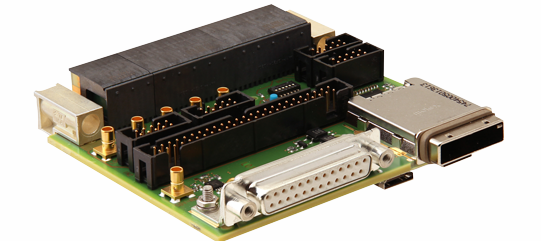There are many reasons for PCBA wave soldering dross. The main reason for wave soldering is the semi-oxide dross (tofu dross) produced by improper operation. The following editor will give you a detailed explanation of the causes of this wave solder dross phenomenon and the solutions for more wave solder dross during the PCBA processing.
1. Causes of semi-tin oxide (tofu dregs and tin slag) produced by PCBA wave soldering
1. At present, the design of some wave furnaces on the market is not ideal. The wave is too high, the platform is too wide, the double wave furnace is too close, and the rotary pump is used. When the wave is too high, the temperature of the solder will drop and the deviation will be relatively large. The solder mixes with air and rushes into the tin furnace, causing oxidation and semi-dissolution, leading to the generation of tin slag. The rotary pump does not take preventive measures, and continuously presses the tin slag into the furnace, and the chain reaction of the loop stimulates the generation of the tin slag.

Therefore, in the PCBA processing and production process, we must not only control the furnace temperature, but also pay attention to some details in the production, and take preventive measures for the rotary pump to prevent or reduce the tin slag falling into the furnace from the production process.
2. The temperature of PCBA wave soldering is generally controlled to be relatively low, generally 280 degree Celsius±5 degree Celsius (for the lead SN-CU0.7 tin bar), and this temperature is basically required in the soldering process. If the temperature is low, the tin can't achieve a good dissolution, which indirectly causes too much tin dross.
3. The larger the contact area between molten tin and air, the more tin dross. If the sprayed molten tin directly falls into the tin furnace, it will easily bring air into the molten tin and combine the tin with air to form semi-tin oxide.
4. Do you often clean up the tin dross so that the fallen solder can enter the furnace as soon as possible, instead of staying on the tin dross. Uneven heating will also cause excessive tin dross.
Two, the solution
1. Tin slag inspection, check whether there is a certain amount of tin slag before starting the operation of the tin furnace, and clean up the tin slag left before the last work, especially the wave motor area and the wave passage area. This is related to the standardization of our production management links. Generally, the PCBA production line order line is relatively compact, and some details may be neglected. The previous order will be welded directly, and the next order will come. Therefore, "details determine success or failure should not be empty words."
2. Check the amount of tin in the tin furnace. The amount of tin in the furnace should be close to the 0.5-1cm range of the furnace surface when the wave is stopped. If the amount of tin is small, the contact area with the air is large, the probability of oxidation is also large, and the drop of the wave waterfall is also high. As long as the impact force of the liquid tin becomes larger, the torrents will roll, and more tin dross will be formed! It is recommended to add tin bars to the tin furnace immediately. So in the update of the equipment
3. Check the temperature of the tin furnace. When the working temperature is low, when the hot tin flows back into the furnace from the nozzle, it is easy to form a temporary accumulation of infusible materials. It is recommended that customers increase the working temperature of the tin furnace within the allowable range of the product.
4. It is recommended that professional PCB operators perform slagging on a regular basis, and slagging must be done before work every day. There is no need to remove the board during slagging. The furnace temperature should be increased by about 10 degree Celsius (the actual temperature) before slagging. It is better to use a small amount of reduction when slagging. Powder, accelerate the separation of tin and slag, which will significantly reduce the amount of slag.
3. If the wave soldering is normal, there are many reasons for the sudden appearance of tin dross:
1. The heating tube of the tin furnace is burnt out, resulting in insufficient heating and uneven heating, resulting in a lot of tin slag.
2. Check whether the composition of tin bars and tin furnace tin material exceeds the standard, which is also the reason for the occurrence of tin dross.
3. Check the differences between the control items and the previous ones. Mostly, your tin furnace has been partially oxidized. Do a thorough maintenance and inspection of the tin furnace part.